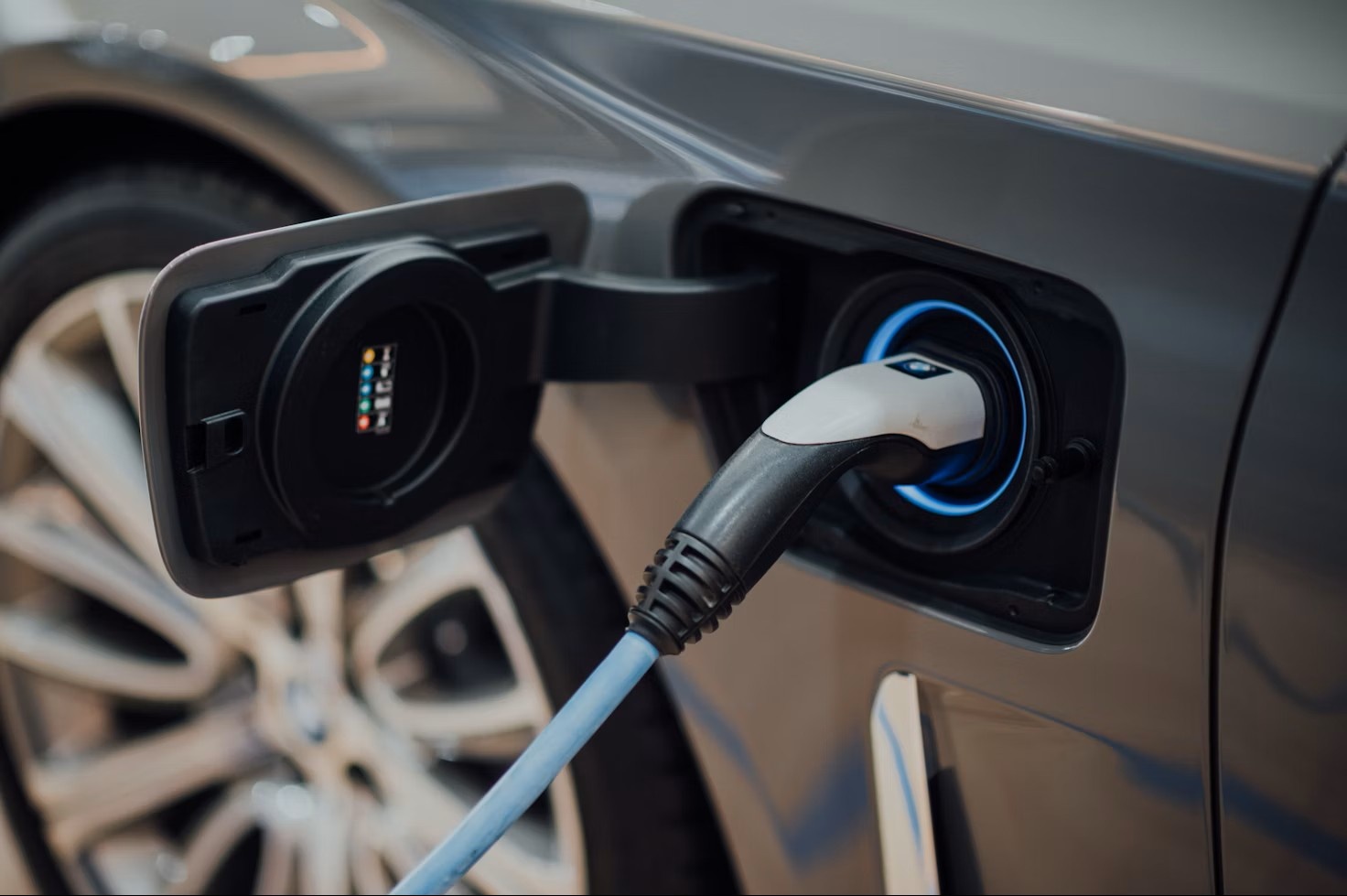Charging an EV at home

There are several ways to charge an EV at home, each with specific requirements for connecting to the Ergon network.
Charging from a Powerpoint
Some EVs include a three-pin charging cable that plugs into a standard powerpoint. Charging speed depends on the amperage:
- A 10A (2.3kW) powerpoint takes about 4 hours to recharge an EV after the average Queensland daily drive of 40km.
- A 15A (3.4kW) powerpoint allows for faster charging if installed.
Charging from a Dedicated Charger
Many EV owners install a dedicated charger for faster, more efficient charging:
- Faster charging: A Tesla Model 3 charges from 20% to 80% in about 7 hours, more than three times faster than a standard powerpoint.
- Three-phase charging: Homes with three-phase wiring can install a 32A (22kW) charger for the fastest at-home charging.
- Single-phase charging: Most homes support a 32A (7kW) charger, providing a good balance between speed & practicality.
Single-phase wiring options for dedicated chargers
There are 3 options for installing a 32A (7kW) dedicated charger on single-phase wiring:
Option 1: Economy Tariff
Ideal for appliances that don’t need constant power, economy tariffs are cheaper but supply is controlled by the network. Tariff 33 provides at least 18 hours of power daily, typically interrupted in summer evenings. However, this option does not support charging from a solar PV system.
Option 2: Primary Tariff with Dynamic Connection
This option allows charging from a solar PV system and benefits from a time-of-use tariff. The charger communicates with the network (Ergon), enabling charging at any time. However, during peak demand (late afternoon/evening), Ergon may reduce the charging rate, but a minimum of 1.5kW supply remains. Charging is billed at the primary tariff rate.
Option 3: Primary Tariff with Basic Active Management
Also compatible with solar PV, this setup includes a meter board device linked to the charger. If the network is under high demand, the device may temporarily cut power to the charger, typically during peak periods in the late afternoon or evening.
Three-phase wiring for dedicated chargers
If you have three-phase wiring in your home, you can install a dedicated charger up to 22kW, if it is connected and switched simultaneously across all three phases. This setup will allow for much faster charging, and does not require active device management.
Choosing the best option for you
Before purchasing an EV, consider your charging options and consult a specialist about costs. Be prepared for possible additional costs, such as switchboard upgrades, wiring, electricity metering, and safety measures. Also, ensure your home charging setup is weatherproof & secure.






![Power[+]](https://cdn.nimbo.com.au/assets/6dfe08eda761bd321f8a/3615d8c9d05ec6e86d5bbad7/uploads/brand-power.png)